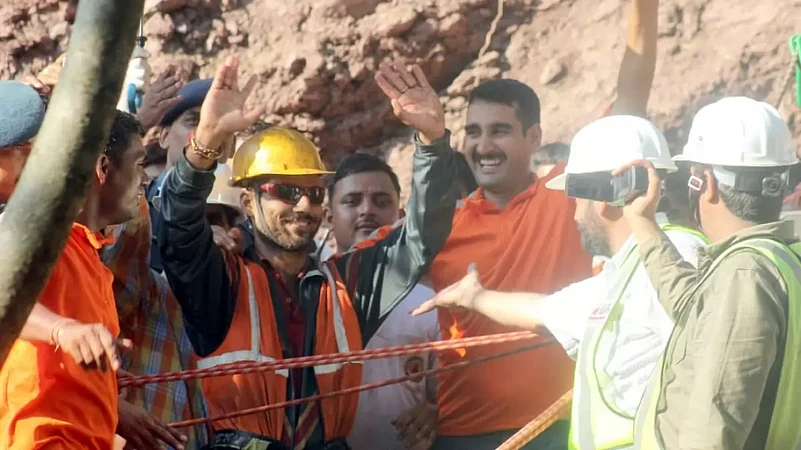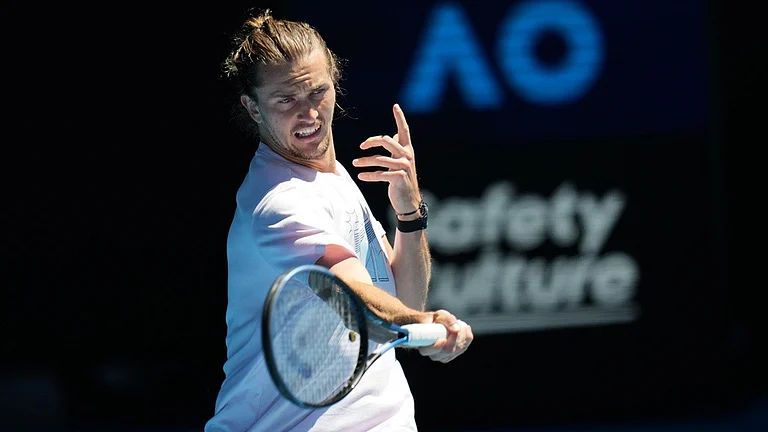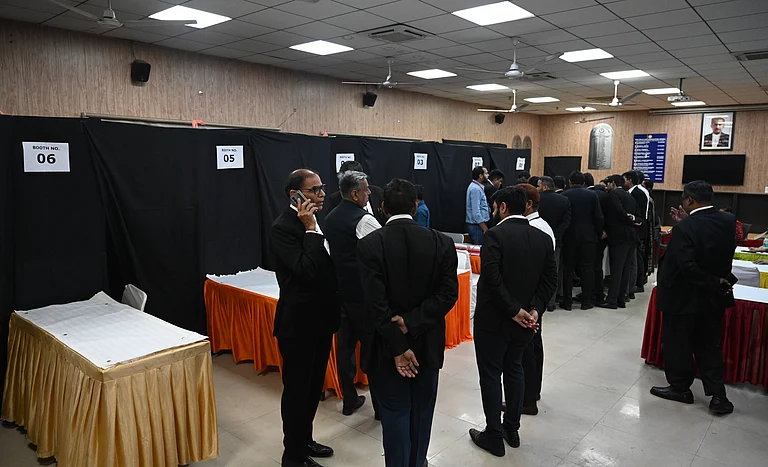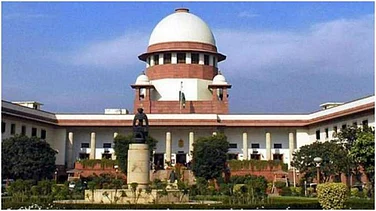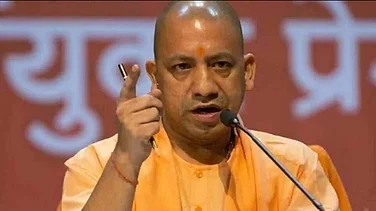Who else but a rescued worker can best describe the feeling of staying trapped inside a tunnel? Satish Tomar, 34, one of the three rescued workers of the Bilaspur tunnel in Himachal Pradesh felt a sort of rebirth after being rescued from a tunnel collapse in 2015 when he was in his early 20s.
“My coming out of the tunnel is no less than a miracle. It's said, one takes birth either from your mother's womb or from inside mother Earth's womb. I find myself lucky to have both births in one life. I am living a second life, a gift by Dharti mata," he tells Outlook.
When asked how he feels about the situation of the 41 workers waiting to be evacuated from the collapsed Silkyara tunnel, Tomar says, "It's frightening, scary!" The workers have already spent 385 hours,16 days and counting, inside the collapsed underconstruction tunnel in Uttarkashi district of Uttarakhand.
"I wish my brothers (workers) well and urge them to remain patient. I hope their nightmare was over soon though I wonder whether there could be a timeline as such in such a complicated and intense rescue operation," Tomar expresses.
Drawing a parallel between the two situations, he points out, "In our case, there were only two—me and Mani Ram --- who made it outside. The third worker, unfortunately, could not survive as he came under the fallen debris of the tunnel while trying to escape in haste when debris started falling inside the tunnel. It was September 12, 2015 evening when a portion of the Kiratpur-Nerchowk under construction Highway (4-lane) tunnel had collapsed."
There was pitch darkness inside. He thought he was the only one trapped while other workers had escaped or got buried under the debris. Soon, he discovered they were two.
Recalling the waves of frightening thoughts from the night, Tomar says “The whole night both of us could not shut our eyes for a second. It was life or death for us and seemed like no third chance. The feeling was extremely terrible. We felt as if it was the end of our lives. Who dies first or who survives and how long –all kinds of images kept flashing in the mind."
However, to help them deviate from these thoughts, Tomar and Mani would engage in conversations to keep themselves engaged. “We used to talk about our families, parents and relatives, and conditions of poverty. We would wonder what would happen to our mothers if we did not survive? ” he shared.
The biggest worry, he recalls -- whether anyone knew that they were alive or if would there be any effort to save them. For the first three days, the situation for him felt like a nightmare of the worst kind.
“Once I heard drilling of machines, excavators and generators etc working, it gave a feeling that there were efforts to save our lives and bring us out of the tunnel," he says. Relating his woes with those trapped in the Silkyara tunnel, Tomar feels since they are larger in number, each should stand as a support for the other.
Although there is light inside the tunnel and rescue workers have managed early contact while supplying food and medicines, Tomar feels that the confinement still may feel like being trapped inside the "Cellular Jail".
“We had no electricity or light. The water level in the tunnel had reached almost to chest level. We used to spend time sitting on a drilling machine inside the tunnel. It was only on the fourth or fifth day that they gave us a torch for lighting and some batteries,” he says.
In 2015, when he was trapped, the administration had bored a small hole vertically through which it had laid a wire to establish two-way communication with the help of a small thermal camera. Through this, they were provided medicines, water, and dry fruits on the fourth day. "This gave a hope that we would survive even if not immediately taken out. A compressor inside helped us to breathe," he says/
Manasi Sahay Thakur, IAS officer and then DC also recalled her experience of the 2015 tunnel rescue in her previous article for Outlook. "Initially no one was certain as to how many men (labourers) were trapped and alive. It was only after drilling a 4-inch diameter bore for establishing immediate contact and supplying necessary support, that the administration came to know about the condition of two survivors inside," she writes.
Tomar suggests even in the case of the Silkyara Tunnel, the horizontal drilling will be a success and rescues should have explored this option much earlier or simultaneously. By applying the experience of the Bilaspur tunnel operation of 2015, the workers at Silkyara tunnel could have been taken out by now, he feels.
Hailing from Himachal Pradesh's Sirmaur district, these days Tomar works with a hydro-power company in Uttrakhand.






